Unusual Weather Disrupt Fish Farming Operations During Transition Period
On April 9, the Directorate of Fisheries (Ministry of Agriculture and Rural Development) issued Document to the Departments of Agriculture and Rural Development of provinces and centrally-run cities engaged in cage aquaculture on rivers and freshwater reservoirs regarding the enhancement of cage aquaculture management on rivers and freshwater reservoirs.
According to the forecast by the National Hydro-Meteorological Forecasting Center, the El Niño phenomenon, lasting from 2023 until the end of April 2024, has significantly reduced water levels in rivers and reservoirs, affecting aquaculture activities using cages.
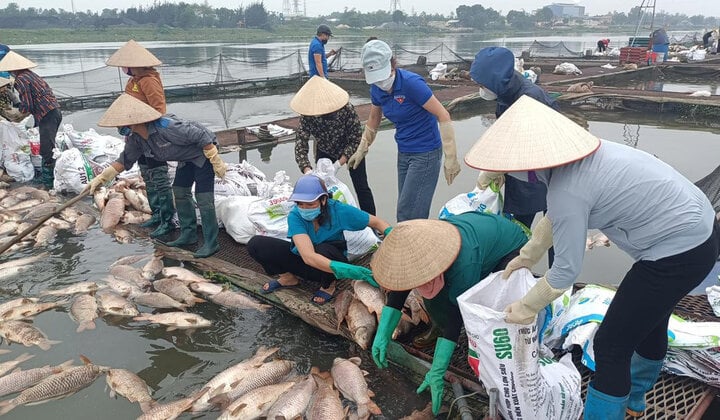
Additionally, the results of environmental monitoring and warnings in cage aquaculture areas in some key provinces in 2023 indicated that some environmental parameters exceeded permissible limits, including Coliform, N-NO2, COD, Chlorophyll a, N-NH4+, P-PO43, suggesting environmental pollution tendencies.
Especially during the transitional season, strong environmental fluctuations combined with rainfall/flooding have affected the growth and development of farmed aquatic species. Some areas of concern, such as the Duong River, the Thai Binh River(Bac Ninh, Hai Duong); the Lo River, the Gam River (Ha Giang, Tuyen Quang, Phu Tho…), the Cai Vung River (An Giang); the La Nga River (Dong Nai); the Cha Va River (Ba Ria - Vung Tau) and some rivers in the Central and Southern regions... often experience mass deaths of farmed fish in cages.
To minimize losses for farmers and promote the development of cage aquaculture on rivers and freshwater reservoirs, the Directorate of Fisheries suggests that the Departments of Agriculture and Rural Development of provinces and centrally-run cities with freshwater cage aquaculture should immediately instruct relevant units to implement specific measures, including:
Guidelines, propaganda, and mobilization of farmers to register cage aquaculture under Point 14, Article 1 Amending and Supplementing Article 36 of Decree, dated April 4, 2024.
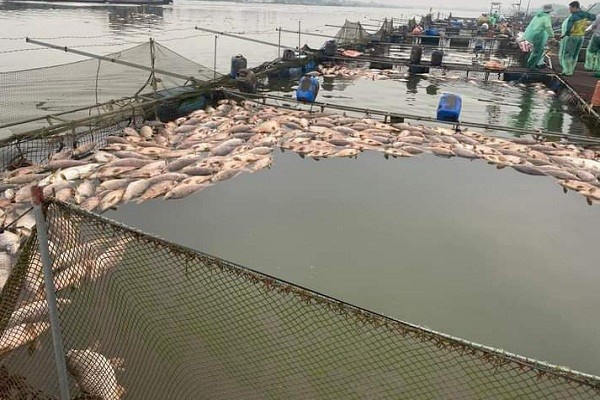
- Actively coordinate with local functional agencies, experts to effectively carry out environmental monitoring and warnings; adhere to recommendations in environmental monitoring bulletins issued by Research Institute for Aquaculture I, II, III, Center for Testing, Experimenting, and Assessing Aquaculture and accompanying technical guidance; perform well in controlling, preventing, and minimizing environmental pollution sources from cage aquaculture activities; enhance control, detection, and treatment of discharge sources in aquaculture areas.
Proactively develop technical procedures for cage aquaculture on rivers, freshwater reservoirs; review and arrange suitable cage farming according to approved local planning and plans.
Manage cage aquaculture on rivers, freshwater reservoirs: Deploy specialized personnel to guide local farmers on technical management measures for farming areas, including:
Ensure the quality of released breeding stock, with clear origins, inspected by veterinary agencies as prescribed.
Supplement vitamins, minerals, and microelements into the diet of farmed aquatic species to enhance their resistance to negative disease and environmental developments. Regularly hang lime bags in cages for disinfection, improving the aquaculture environment.
Prepare pumps, oxygenation machines, and air diffuser, raw materials to promptly respond to deteriorating farming environments. Regularly monitor changes in aquaculture water environments, especially in the early morning and late evening. Early detection of adverse environmental changes affecting farmed aquatic species and timely response.
Effectively manage the quality of breeding stock, aquatic feed, and environmental treatment products. Organize inspections to ensure compliance with legal regulations in aquaculture, strictly handle violations (if any), and publicly announce the results of processing according to regulations.
Implement disease prevention and treatment measures for farmed aquatic species as guided in Circular dated June 10, 2016, on prevention and control of aquatic animal diseases.
Especially at this time, the phenomenon of mass deaths of cage-farmed fish is occurring in Hai Duong province. Initial assessments attribute this to environmental fluctuations (low dissolved oxygen levels, high concentrations of toxic gases exceeding permissible limits) weakening the resistance of farmed fish, providing an opportunity for pathogenic agents to invade. It is recommended to immediately implement the following specific measures:
Collect all dead fish to the shore for treatment with lime powder and burial to prevent environmental pollution; educate the public not to use dead fish for consumption or as food for humans or livestock.
Sterilize all cage nets and farming tools with disinfectants; hang lime bags around the cages to facilitate water exchange between inside and outside the cages.
Coordinate with relevant units to continue sampling water, sediment, and fish; review, detect, and handle discharge sources in cage aquaculture areas to accurately determine the causes of fish deaths in cages.
Stop stocking fish until accurate analysis results are obtained from specialized agencies and environmental conditions permit.
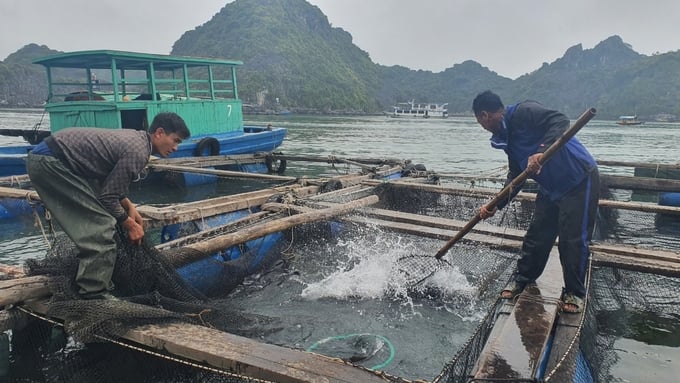
Continue to accurately record the number of cages, the volume of fish losses to propose support for farmers according to the provisions of Decree 02/NĐ-CP dated January 9, 2017, of the Government on mechanisms and policies to support agricultural production recovery in areas affected by natural disasters and epidemics.
Use high-quality feed, supplement vitamins and minerals into the feed to increase the resistance of farmed fish. Reduce or stop feeding when weather conditions and environmental conditions in farming areas are unfavorable.
Provide shade for cages with double-layer black mesh nets. For areas at high risk of fish mortality, relocate cages to places with suitable environmental conditions for the growth and development of farmed fish.
The Ventek Nano Bubble Oxygen - An effective oxygen supply equipment in intensive shrimp farming
Currently, shrimp farmers are facing many difficulties: Diseases, the lowest selling price in the last 10 years, continuously increasing feed prices, poor quality breeding stock. Understanding this, Aqua Mina has researched and introduced a device for supplying nano oxygen particles to shrimp ponds through the Ventek Nano Bubble Oxygen product.
.jpg)
Aqua Mina is the exclusive distributor of the Ventek Nano Bubble Oxygen produced by Huetronics Corporation.
.jpg)
The Ventek Nano Bubble Oxygen produces ultra-fine oxygen particles with a size of 1.6 micrometers, which helps shrimp absorb oxygen more effectively. The product and brand have been registered for intellectual property rights.
With an average bubble size of 1.6 micrometers (data proven by the Vietnam Military Science and Technology Institute), Ventek is one of the tools that most effectively dissolve oxygen into water, maintaining high oxygen levels in the market. It helps shrimp absorb oxygen better, making them healthier and growing faster by 10% compared to traditional methods at a very reasonable cost.
The initial investment cost is only 50%, and the operating cost is only 20%, which can completely replace the current flawed bottom aeration systems. By completely replacing the bottom aeration pipes, labor does not need to clean the air pipes after each farming season, no longer worry about coin fungi sticking to plastic legs and pipes, the pond bottom is clean and tidy, saving labor. The Ventek Nano Bubble Oxygen is extremely efficient when oxygen supplementation is needed to reduce the size of shrimp in the final stage of the crop. Large-sized shrimp are sold at a higher price, increasing profits for the farming season.
The Ventek Nano Bubble Oxygen is designed specifically for the aquaculture industry, a product of Huetronics Corporation's 34 years of experience in researching and developing high-tech electronic and clean agriculture products.
The product has been researched and tested for over 5 years at shrimp farms in Thua Thien Hue province, Can Gio district (Ho Chi Minh City), Soc Trang province, and many provinces and cities nationwide, bringing about high efficiency. The application of twist technology helps mix oxygen into water better than other versions. After more than 2 years of research and negotiation, we have reached an agreement for Aqua Mina to exclusively distribute the Ventek Nano Bubble Oxygen both domestically and internationally.
Contact information: AQUA MINA Company Limited
Address: No. 685, Highway 1A, Binh Hung Hoa ward, Binh Tan district, HCM City.
Hotline: 1800 6071 (Toll-free)
Email: sales@aquamina.com.vn
Website: www.thietbinuoitomgiasi.com / www.aouongdidong.com / www.aquamina.com.vn / www.ventek.com.vn
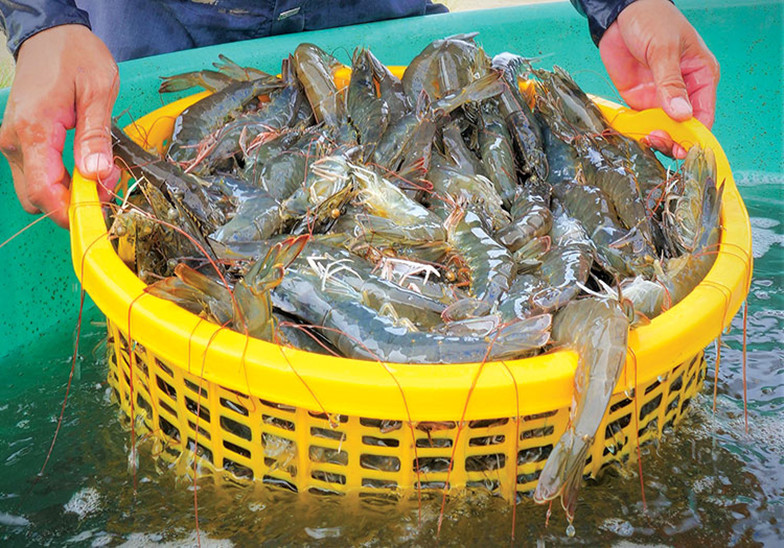
WE WORK FOR YOUR SUCCESS!








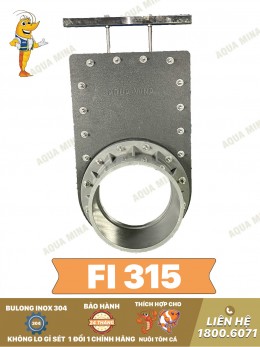
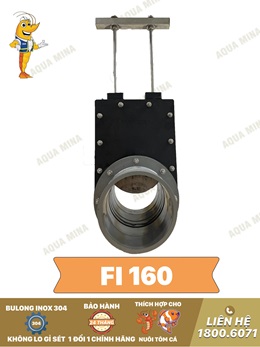

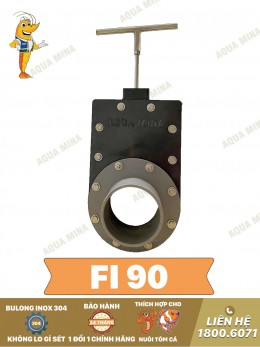
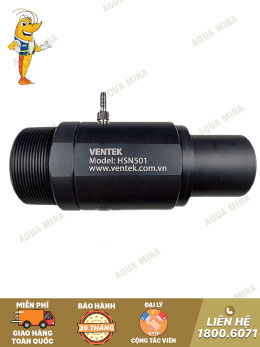
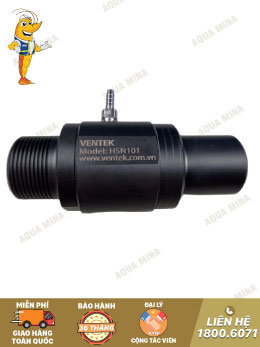
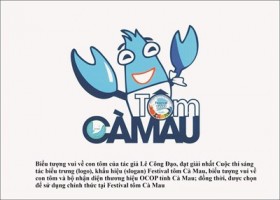
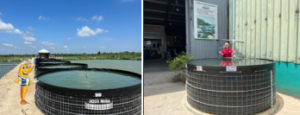
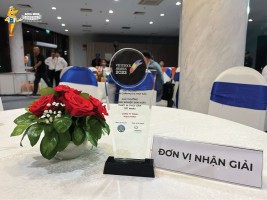
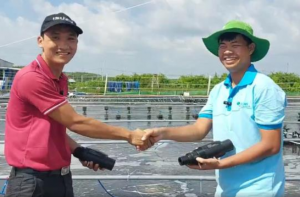
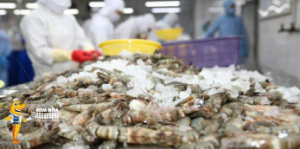
.jpg)